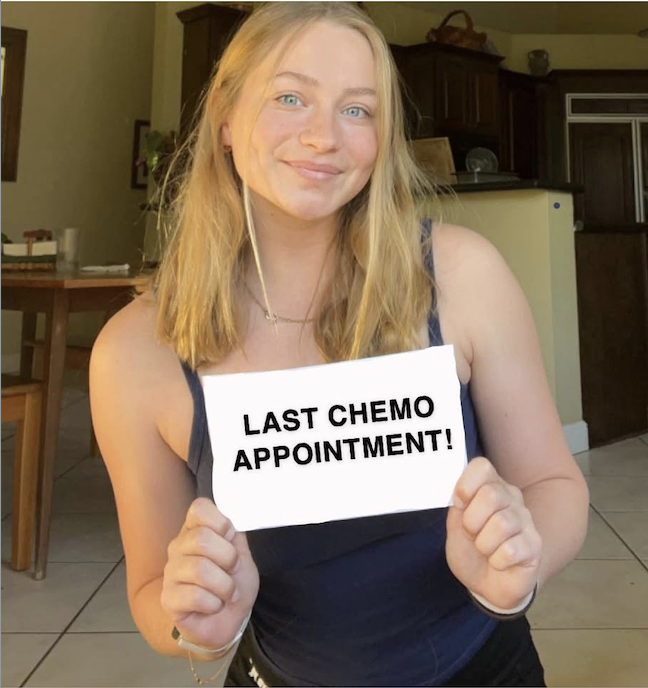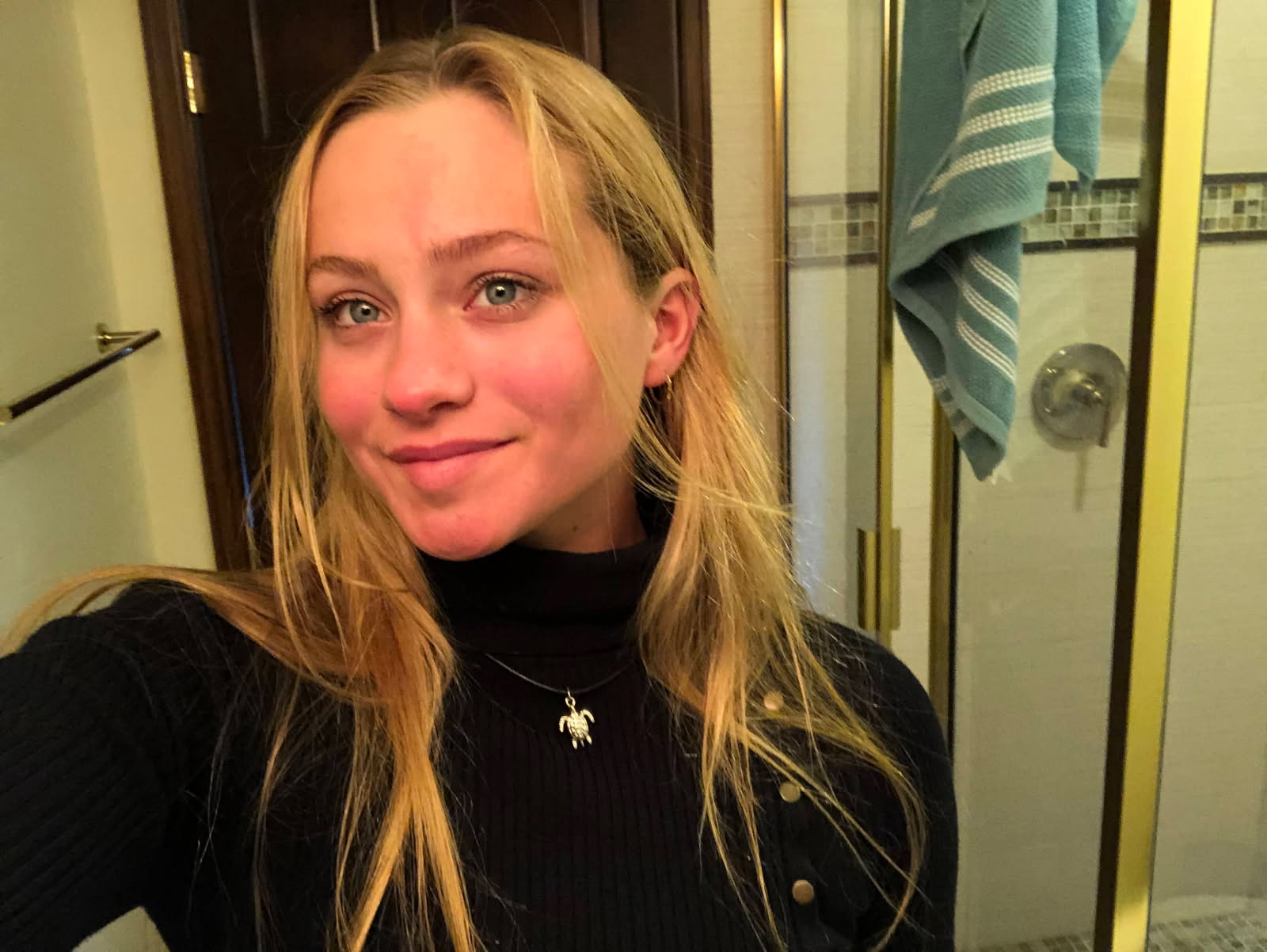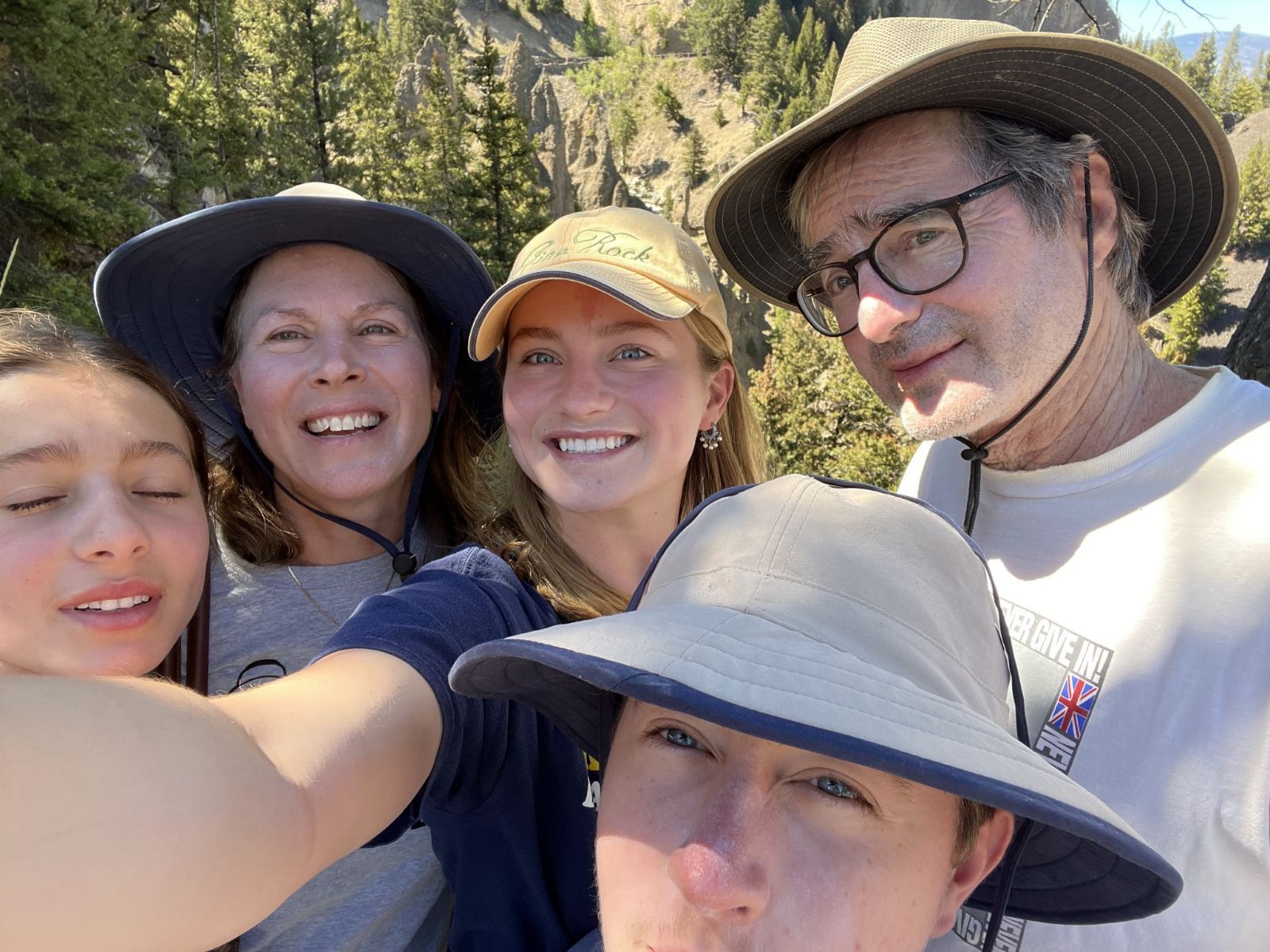Remembering
Kate Kaplan
2004–2024
This is Kate Kaplan’s story, as told by her
mother, Lisa.
In August 2021, when we were on vacation on Mount Desert
Island, Maine, my 16-year-old daughter, Kate, started having intense abdominal
pain. We took her to the ER, and a CT scan showed that a 14 cm complex cyst on
her right ovary had ruptured, causing fluid to accumulate in the cul-de-sac (the
space between the uterus and the rectum). The ER staff recommended we follow up
with a gynecologist.
We cut our vacation short and flew home to South Florida to
meet with the gynecologist. It was Kate’s 17th birthday.
The Diagnosis and Journey
An ultrasound confirmed the preliminary diagnosis of a complex
cyst on the right ovary. In August 2021, the gynecologist performed a laparoscopic
cystectomy, draining the mass with a suction irrigator before extracting it. The
pathology came back with the diagnosis of ovarian mucinous adenoma.
Kate was upset about how this cyst and the need for surgery might
affect her upcoming high school swim season and her senior year. She was a
standout swimmer and had high hopes for the upcoming season.
After her surgery, however, Kate had the greatest year of her
life. She earned her best times in swimming, met her boyfriend, Bogdan, and
enjoyed her senior year of high school. Kate then started college at the
University of Florida in fall 2022.
In November of that year, Kate began to feel the abdominal
bloating and fullness return. An ultrasound in December showed a 12 cm dilated
tubular structure on the right ovary. Since Kate was in college and was not in
pain, a second surgery was scheduled for her spring break. The same
gynecologist performed a laparoscopic cystectomy on the now–18 cm cyst in March
2023.
This time the pathology showed some borderline mucinous
adenoma and a small section of intraepithelial carcinoma among the mostly
mucinous adenoma tissue. Six weeks later, in May 2023, a gynecologic oncologist
performed a right oophorectomy and staging.
Mucinous adenocarcinoma cells were found in the peritoneal
washings and the omentum, which had become adhered to the cut surface of the
ovary. This denoted stage 3 expansile mucinous adenocarcinoma. Genetic testing of
the tumor showed TP53 and KRAS G12V mutations.
Juggling College Life and Treatments
After undergoing egg harvesting, Kate started six rounds of FOLFOX
chemotherapy in July 2023. Throughout chemotherapy, Kate continued to attend
the University of Florida, swim on the UF club team, and even teach aerobics
classes at the UF rec center.
In between chemo cycles, we took a family trip to Yellowstone.
Kate was happy and feeling well. After her round of chemotherapy was finished, however,
Kate’s CA-125 level rose to 54. Her CT scan showed evidence of recurrence in
the omentum and appendix. A biopsy confirmed mucinous adenocarcinoma in her
remaining omentum. Soon after, she developed abdominal pain and a massive
amount of ascites.
We were desperate for a solution and felt fortunate to get a surgical
slot at MD Anderson for a HIPEC procedure in December 2023. When Kate’s
surgeons opened her up, however, they found that the mucinous ovarian cancer had
spread throughout her gastrointestinal tract and abdomen. They still proceeded
with the surgery.
Kate bravely endured the difficult surgery and painful
recovery. But two weeks after the procedure, Kate started vomiting. We had to
go back to the hospital, where a CT scan prompted yet another surgery in
January 2024. The surgeons found the cancer had completely blocked her
intestines, creating a solid mass.
Since her tumor was HER2-positive,
Kate decided to try three rounds of Enhertu. Despite this, her cancer
progressed. She developed chest fluid and her abdominal incision split open
from the cancer. Kate came home on hospice and passed away on May 23, 2024, at just
19 years old.







